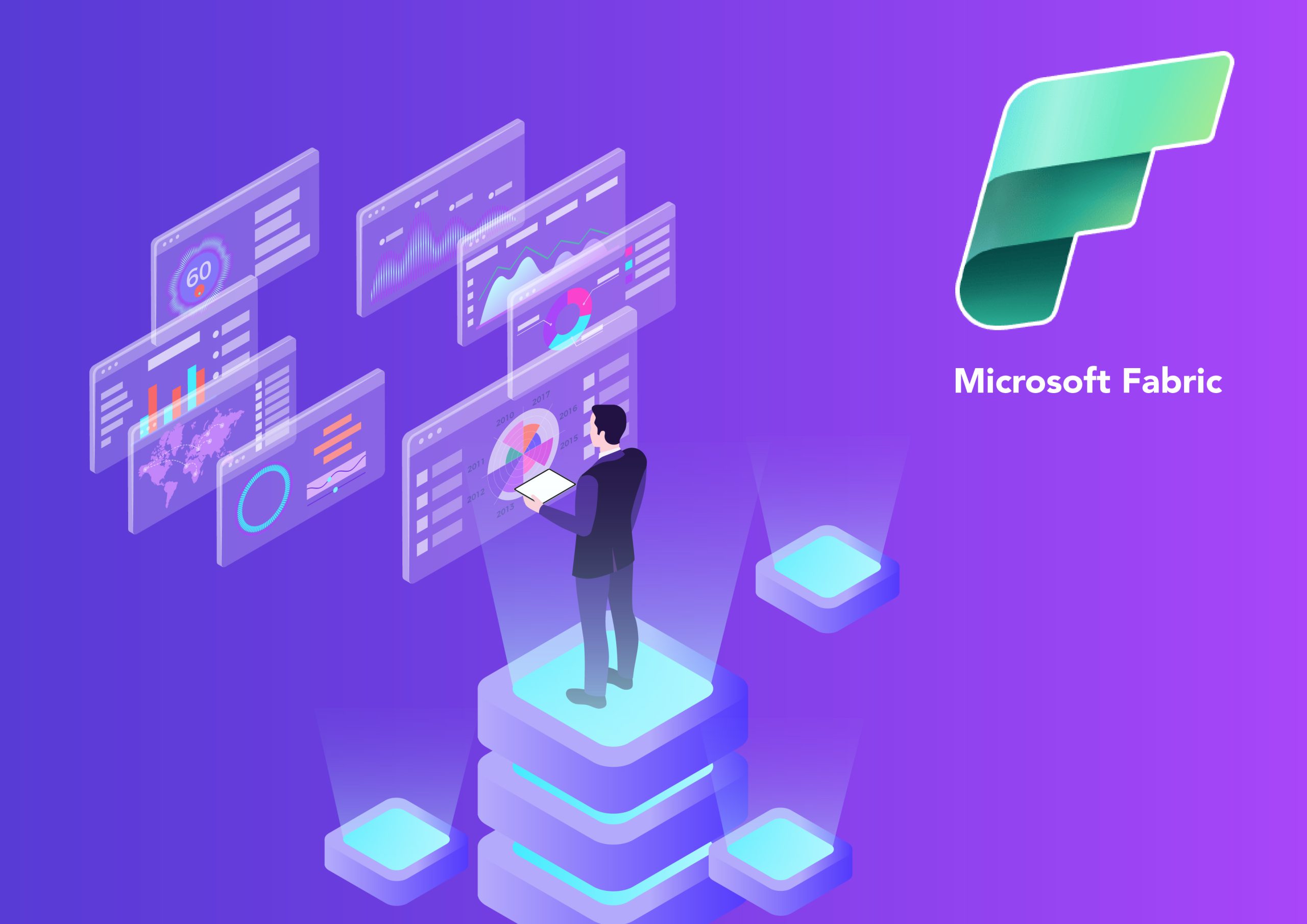Data Fabric is a transformative approach to data management. It serves as a unifying layer that integrates various data sources, whether they are on-premises databases, cloud storage solutions, or Internet of Things (IoT) devices. The architecture enables seamless data integration, governance, and real-time analytics.
Key Features
Data Integration: The architecture connects a multitude of data sources, providing a unified view that simplifies data access and analytics.
Data Standardization: One of the most significant challenges in data management is dealing with data in multiple formats. Data Fabric addresses this by transforming disparate data into a common, standardized format.
Data Governance: With increasing regulatory scrutiny, effective data governance has never been more critical. Data Fabric allows organizations to implement robust governance policies, ensuring compliance and reducing legal risks.
Real-Time Access and Analytics: In a fast-paced business environment, real-time access to data can be a game-changer. Data Fabric enables instantaneous data retrieval and analytics, facilitating timely and informed decision-making.
Scalability: Data Fabric is designed to grow with your business. Its architecture is scalable, ensuring that you can manage increased data loads efficiently without compromising on performance.
Data Quality Management: Poor data quality can result in faulty analytics and misguided business decisions. Data Fabric includes features for data quality management, ensuring that data is reliable, clean, and ready for use.
Analytics and Reporting: With built-in analytics and reporting functionalities, Data Fabric allows organizations to derive more meaningful insights from their data, thereby driving better business decisions.
User-Friendly Interface: One of the most understated features is its user-friendly interface. Whether you are a data scientist or a business analyst, navigating through complex data sets becomes a breeze.
The Business Case for Data Fabric
Why It Matters
There are many advantages of implementing Data Fabric. First and foremost, it streamlines data access. No longer do you need to manually retrieve data from multiple sources, a process that is both time-consuming and prone to errors. Secondly, the architecture enhances data governance capabilities, ensuring that your organization remains compliant with various regulations such as GDPR and HIPAA. Lastly, Data Fabric is cost-efficient. By automating numerous aspects of data management, it significantly reduces operational costs.
Navigating the Challenges
While Data Fabric offers a host of benefits, it’s not without its challenges. The architecture’s complexity necessitates a level of expertise for effective implementation. Data security is another concern; a poorly secured Data Fabric can be vulnerable to breaches, putting sensitive data at risk. Additionally, organizations should be wary of vendor lock-in, which could limit future flexibility.
Overcoming the Obstacles
Successfully implementing Data Fabric requires a well-thought-out strategy:
- Start Small: Begin with a pilot project to understand the architecture’s nuances and identify potential challenges.
- Security First: Implement robust security measures, including encryption and multi-factor authentication, to safeguard your data.
- Choose Wisely: Opt for vendor-neutral solutions that offer greater flexibility and interoperability, thus avoiding the pitfalls of vendor lock-in.
How to Know if It’s Being Implemented Correctly
Understanding the effectiveness of your Data Fabric implementation is crucial for continuous improvement and ensuring that you’re getting the most out of your investment. Here are some indicators to gauge if Data Fabric is being implemented correctly:
Data Availability: One of the first signs of a successful Data Fabric implementation is high data availability. The architecture should make data easily accessible to all relevant stakeholders.
Performance Metrics: Implement Key Performance Indicators (KPIs) specific to your data goals. Metrics could include data query speed, latency, or the speed of data transformation processes.
User Satisfaction: Gauge the experience of the end-users. Are they finding it easier to access and analyze data? A high level of user satisfaction usually indicates a well-implemented system.
Compliance: Are you meeting or exceeding all data compliance regulations like GDPR and HIPAA? Regular audits can ensure that you’re not just meeting these standards but continually upholding them.
Reduced Errors: A significant drop in errors related to data access, retrieval, or analytics is another positive sign. This can result from improved data quality management and standardized data formats.
Cost-Efficiency: Monitor operational costs before and after implementing Data Fabric. A reduction in costs related to data management tasks is a strong indicator of a successful implementation.
Audit Trails: Effective Data Fabric solutions provide comprehensive audit trails. These logs are essential for tracking data lineage, ensuring compliance, and providing insights into data usage patterns.
Vendor Support: Good vendor support for troubleshooting and optimization is key. Quick and effective vendor response rates can be an indicator of a successful implementation.
Scalability: The system should adapt to increasing data loads without significant performance degradation. Successful scalability ensures that your Data Fabric can evolve alongside your business.
Feedback Loop: Establish a feedback loop with end-users and key stakeholders for continual improvement. Their insights can provide valuable direction for optimizing the Data Fabric architecture.
Conclusion
Data Fabric represents a paradigm shift in how organizations manage and utilize their most valuable asset—data. proSkale helps clients adopt a strategic approach to implementation, ensuring they maximize their data utility and minimize complexities. Our expertise in Data Fabric technologies allows businesses to make more informed decisions, improve operational efficiency, and gain a competitive edge in their respective markets.

